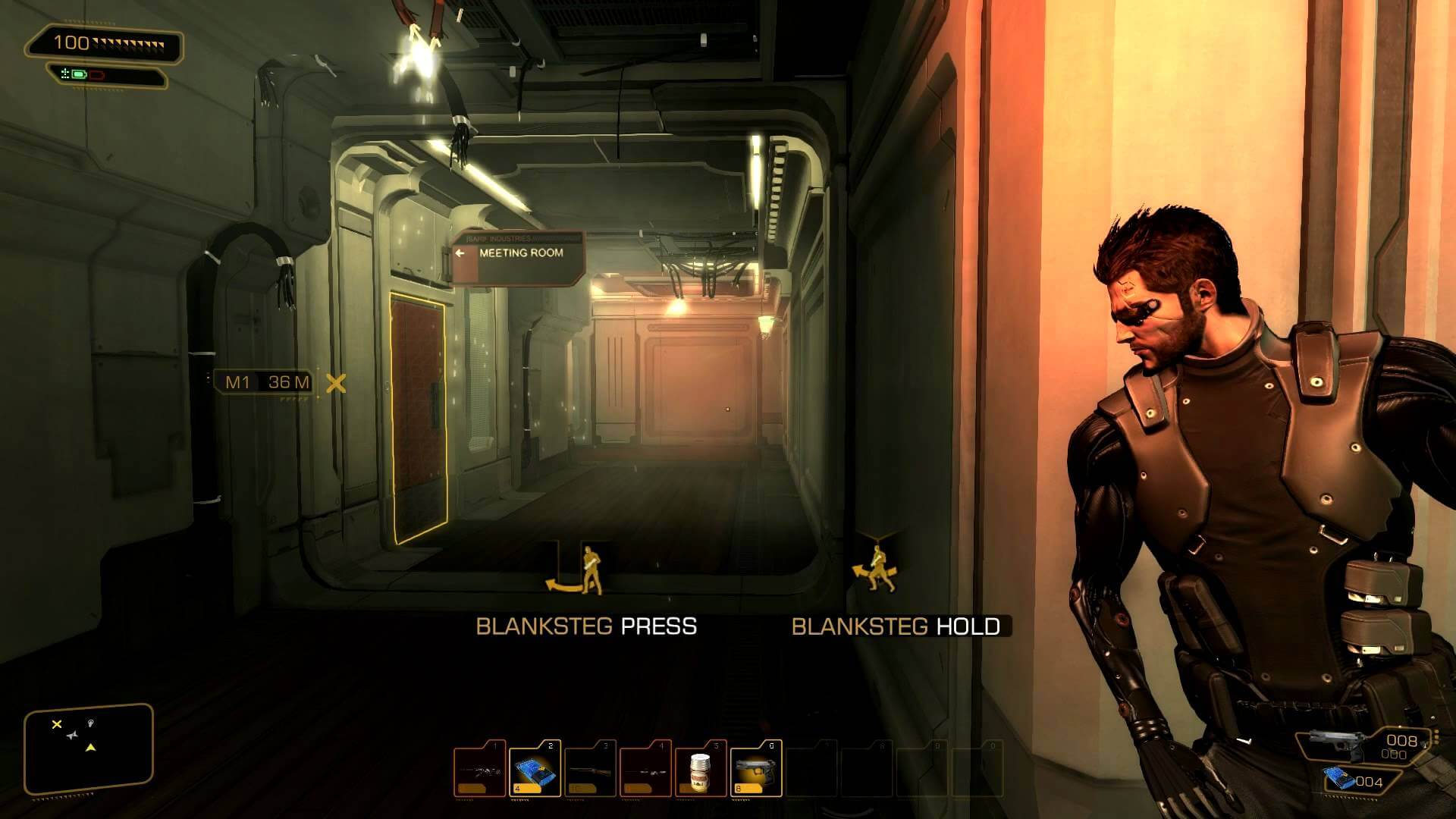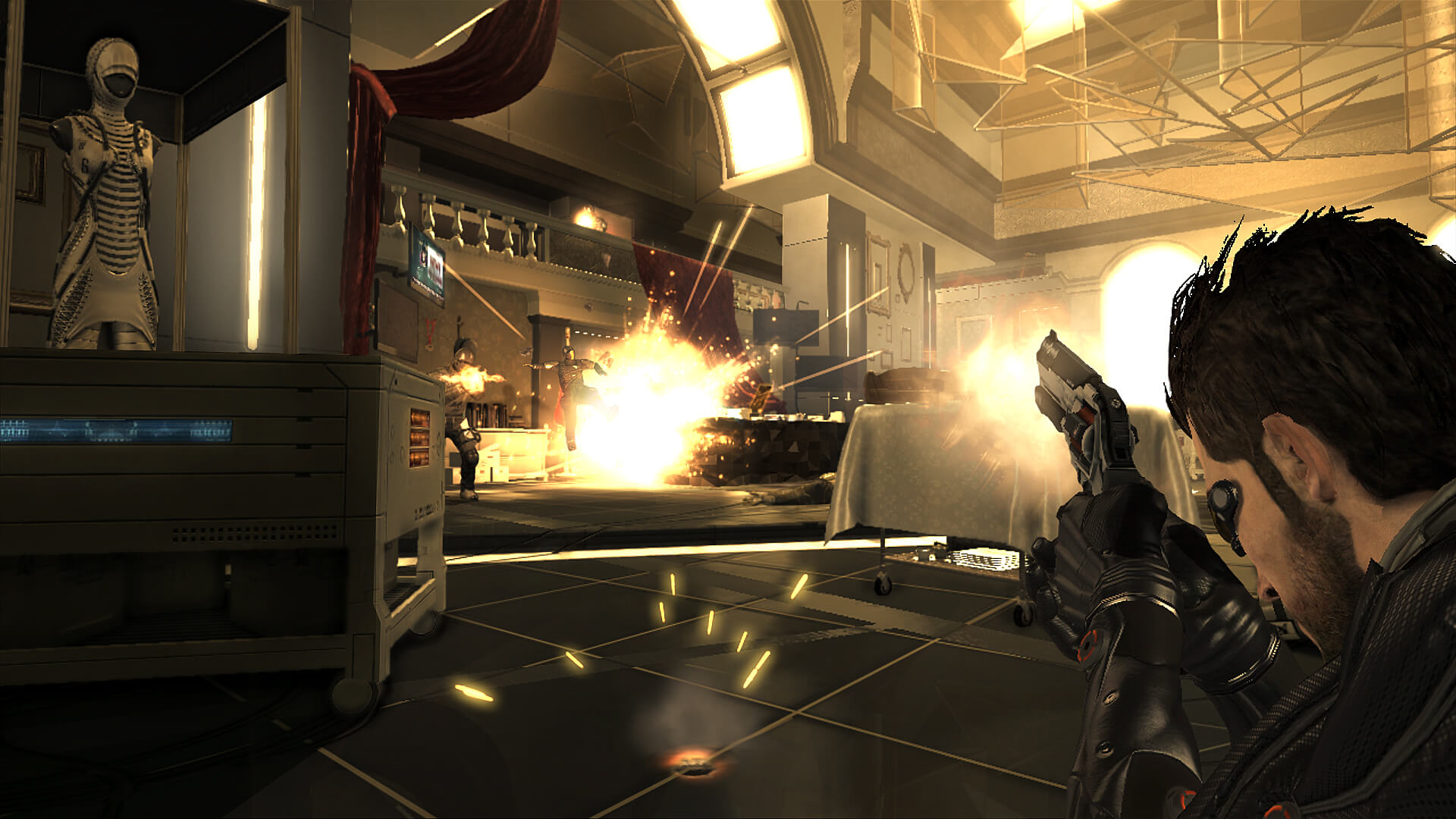For those unfamiliar with the Deus Ex franchise, it goes back to the year 2000 when highly hyped developer Ion Storm went on to develop a System Shock-inspired action game that combined gameplay elements of first-person shooters and role-playing games.
Deus Ex received immediate notoriety and was highly regarded, selling over 1 million copies worldwide. Given the game's success, the title was later ported to the PS2 and Mac OS platforms. A sequel called Deus Ex: Invisible War was released in 2003, however the second installment was criticized for being a dumbed down version of the original. Regardless of that, over 1 million copies were sold again, making it difficult to deny the franchise's success, which represented one of the few big wins for Ion Storm before the studio was shut down.
After many years of waiting the third installment of the Deus Ex series has finally arrived. Deus Ex: Human Revolution, is a prequel to the original game, now developed by Eidos Montreal. Like previous titles, Human Revolution contains elements of first-person shooters and role-playing games, and to gamers' pleasure it appears the game is every bit as good as its predecessors.

In other good news, we could very well have a new game capable of fully utilizing the power and features of today's high-end graphics cards. Such games have become increasingly rare and with the exception of just a select few, most of the games we have run performance tests on this year have been shameful console ports that would struggle to max out a tablet PC.
Games such as Duke Nukem Forever and Crysis 2 were massive letdowns, while the only game that has truly impressed us recently was The Witcher 2: Assassins of Kings and that particular title was exclusive to the PC.
So what does Deus Ex: Human Revolution have to offer hardcore gamers? The game is said to fully implement DirectX 11 as well as other cutting edge features such FXAA, MLAA, HD3D and full support for multi-monitor AMD Eyefinity technology (up to six monitors).
The DX11 support brings about tessellation, which the developer has said was mainly used to enhance character silhouettes. Other DX11 features used includes DirectCompute enhanced Depth of Field, Blurs as well as Shader and Screen-Space Ambient Occlusion.
The developer also claimed to have significantly rewritten the game engine to take advantage of multi-core processors. Eidos went on record saying that a dual-core setup can provide up to a 70% increase in performance. As usual we'll be looking at how the game performs with a range of GPUs and how it deals with dual, quad and hexa-core processors.
